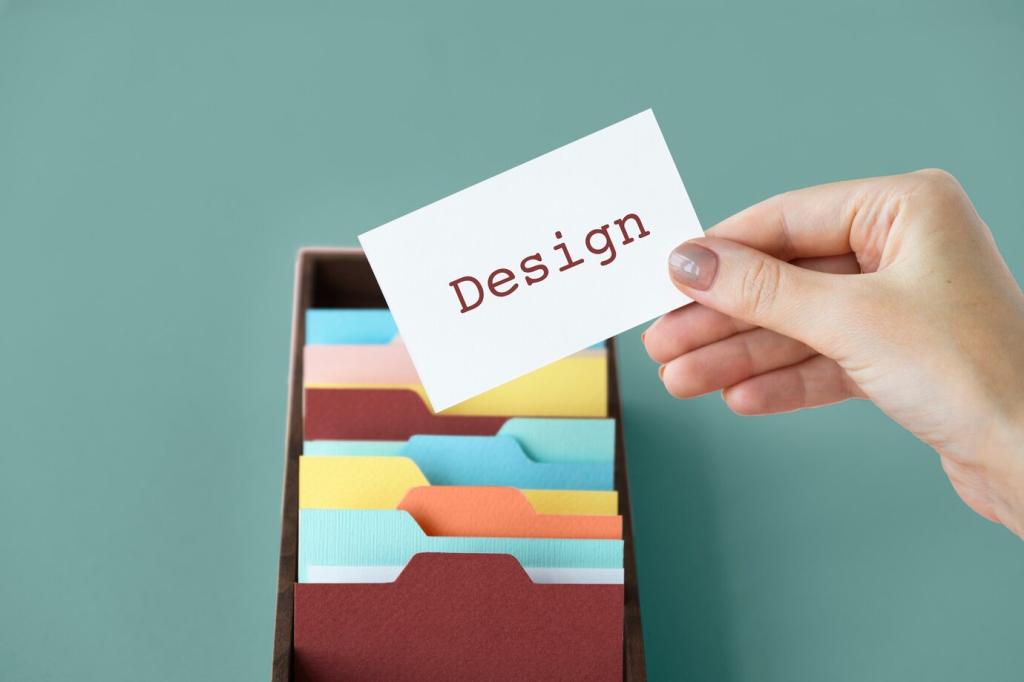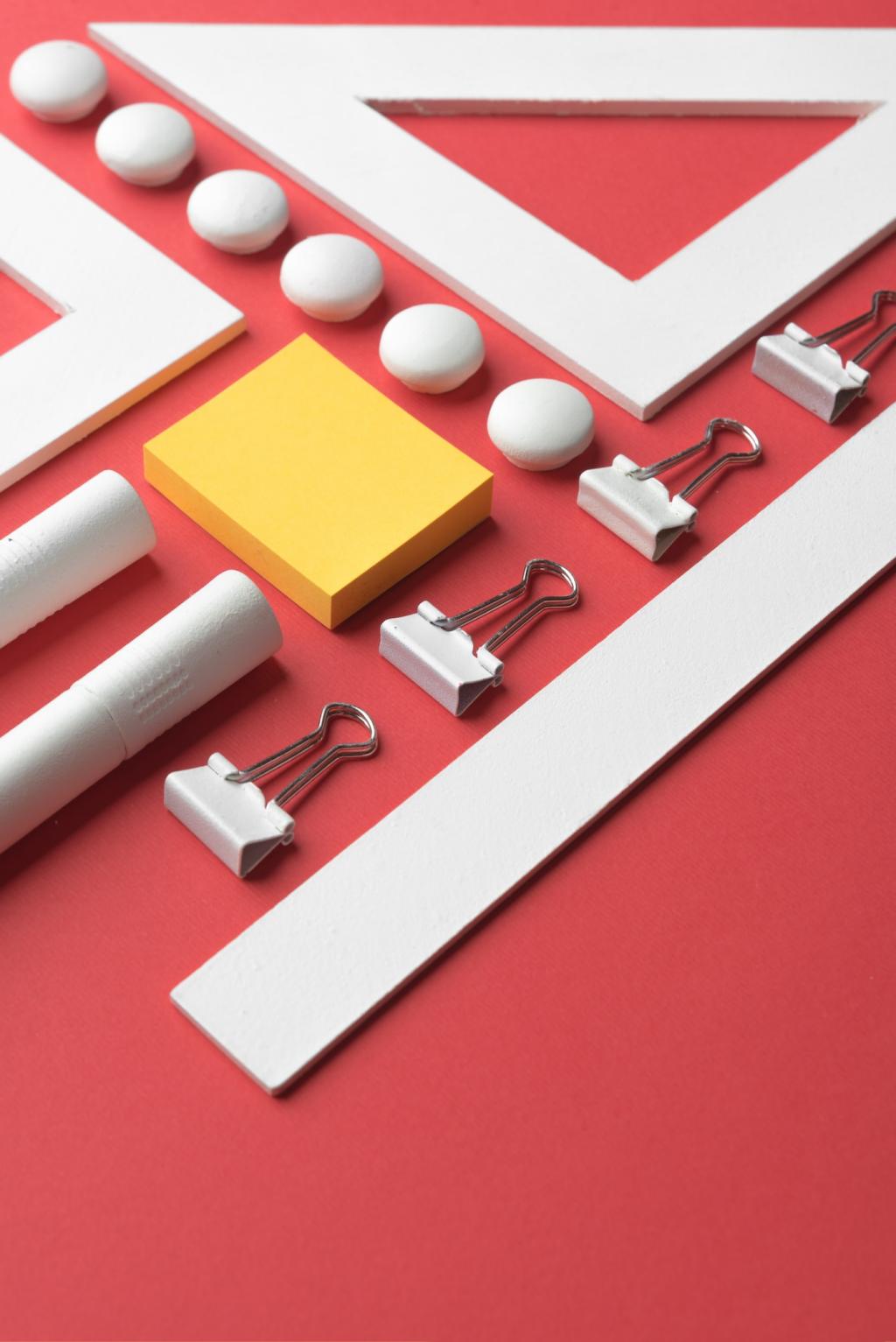Feedback, Loading, and Empty States
Prefer skeletons that resemble final layout, paired with optimistic loading. In our classifieds app, swapping spinners for skeletons reduced perceived wait time and bounce, even though backend performance stayed identical during the experiment.
Feedback, Loading, and Empty States
Tiny animations, haptic ticks, and sound cues acknowledge intent and success. A simple like animation in a social app led to more engagement, because every action felt seen, responsive, and emotionally satisfying without slowing the flow.









